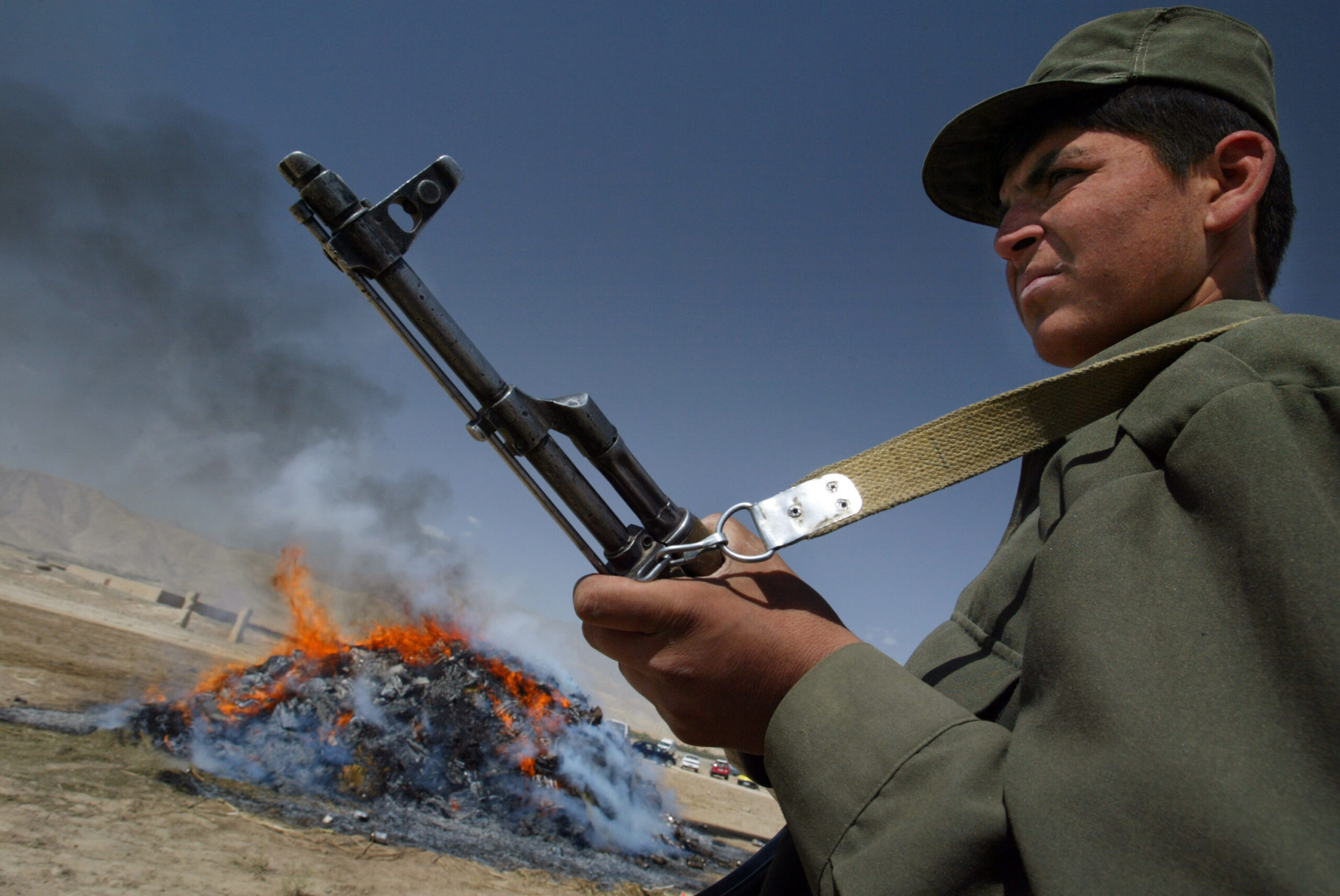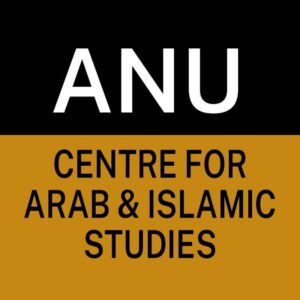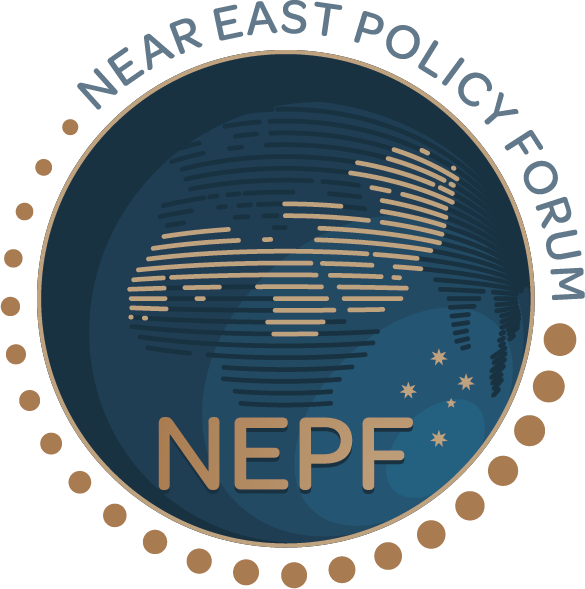When the Taliban returned to power in Afghanistan in August 2021, it raised concerns in neighbouring countries about their own security. The governments in most of the Central Asian countries, and in Iran were hostile toward the Taliban when the militant group ruled Afghanistan in the late 1990s. There are now other Islamic extremist groups in Afghanistan, some allied with the Taliban, others fighting against the Taliban, and among both are groups looking to carry their battles into neighbouring countries. So, to many observers it was unexpected that after the Taliban seized power again, one of the first issues to spark tensions between Afghanistan and its neighbours would be the issue of water security.
To the north, Uzbekistan and Turkmenistan are worried about the Qosh Tepa canal being built in Afghanistan to use water from the Amu-Darya, the river that marks much of the Central Asia-Afghan border. To the west, Iran is complaining that Afghanistan is withholding water from the Helmand River, leaving areas in eastern Iran without vital water supplies. The Iran-Afghan water dispute resulted in deadly exchanges of fire in May.
The Amu-Darya River is one of Central Asia’s two large rivers (the other is the Syr-Darya). Millions of people in Tajikistan, Uzbekistan, and Turkmenistan, their farms, and their herds depend on the water from the Amu-Darya. During the years Central Asia was part of the Soviet Union, agricultural projects diverted water from the Amu-Darya to open up new agricultural land in Tajikistan, Uzbekistan, and Turkmenistan. Since 1988, the 1,375-kilometre Karakum (Garagum) canal can bring up to 13 billion cubic metres of water annually from the Amu-Darya to Turkmenistan’s capital Ashgabat, therefore making it the capital’s main source of water.
Afghanistan never had an opportunity to use its share of water from the Amu-Darya until recently and there is no treaty between Afghanistan and the neighbouring Central Asian states on water use. Under International law, all the countries along the Amu-Darya have the right to use the river’s water. In late March 2022, Taliban acting Deputy Prime Minister Abdul Ghani Baradar launched construction of the 285-kilometre Qosh Tepa canal, which would run through three northern Afghan provinces, watering some 50,000 hectares of land.
The project, not due to be completed until 2028, was barely noticed until a year later when Deputy PM Baradar inspected the canal in March 2023 and reports said some 100 kilometres of the canal had already been completed. By some estimates , the canal would siphon off an estimated 15 percent of the water from the Amu-Darya, leaving areas downstream in Uzbekistan and Turkmenistan significantly short of water. The Central Asian states, with the exception of Tajikistan, have established a dialogue with the Taliban based on security guarantees and trade possibilities. However, Uzbekistan’s kun.uz media outlet reported in February 2023 that the Qosh Tepa canal “could have serious consequences for [Uzbekistan’s] Khorezm, Bukhara, Surhandarya and Navoi provinces, as well as the Republic of Karakalpakstan….”
Uzbek officials have offered to help in the canal’s construction, though this might be so that Uzbekistan can monitor the quality of the work. There are reports the canal’s construction is poor and subsequently risks wasting large amounts of water. Turkmenistan has been characteristically quiet about the canal, though there was an unprecedented summit on August 4 of the presidents of the three Central Asian countries that border Afghanistan; Tajikistan, Turkmenistan and Uzbekistan. Water use topped the summit’s agenda, but the three leaders avoided mentioning the Qosh Tepa canal. Reluctance on behalf of Central Asian leaders to raise objections to the construction of the canal might be due to recent issues Afghanistan and Iran have experienced related to water.
On May 18, Iranian President Ebrahim Raisi visited Iran’s Sistan and Baluchistan Province, which receives much of its water from the Helmand River that flows out of Afghanistan. Water levels are extremely low, and farmers claim the levels are so dire they cannot sow crops this season. Taliban representatives have attributed drought as responsible for the low water levels and claimed that Afghanistan is also experiencing water shortages. Iranian officials are skeptical and believe water from the Helmand River was stored in Afghan reservoirs. Iran President Raisi warned the “rulers of Afghanistan… should immediately give water rights“ to Iran. The Taliban responded in a statement that “Iranian officials should first complete their knowledge about water in Helmand” and in the future, “present their requests with appropriate language.” The Taliban leadership have moved to rally support from its fighters and in May, in what could be perceived as a contradictory move, the Taliban (who have again banned music and publicly destroyed musical instruments, appear to have released a patriotic anti-Iranian music anti-Iranian video on pro-Taliban social media accounts. The song, featuring Taliban flags, urged acting Defence Minister Mullah Yaqoob (the son of deceased Taliban founder Mullah Omar) to “stand against Iran” and repeated, “We are not slaves, our leader Mullah Yaqoob will stand against Iran.” On May 27, Iranian border guards and Taliban militants exchanged fire in a clash that left two Iranian border guards and one Taliban militant dead. Each side have blamed the other for initiating the fatal incident and tensions persist.
The wider Central Asian region, including northeastern Iran and Afghanistan, are already being affected by climate change. Summers are becoming hotter, annual precipitation is declining, and glaciers are rapidly melting. As events of this year have shown, water is arguably the region’s most important issue and if the problems arising over water use in 2023 are any indication, it is a sign of greater regional future volatility.
The views expressed in the Near East Policy Forum are those of the authors and do not represent the views of the Near East Policy Forum or any of its partner organisations.





Leave a Reply